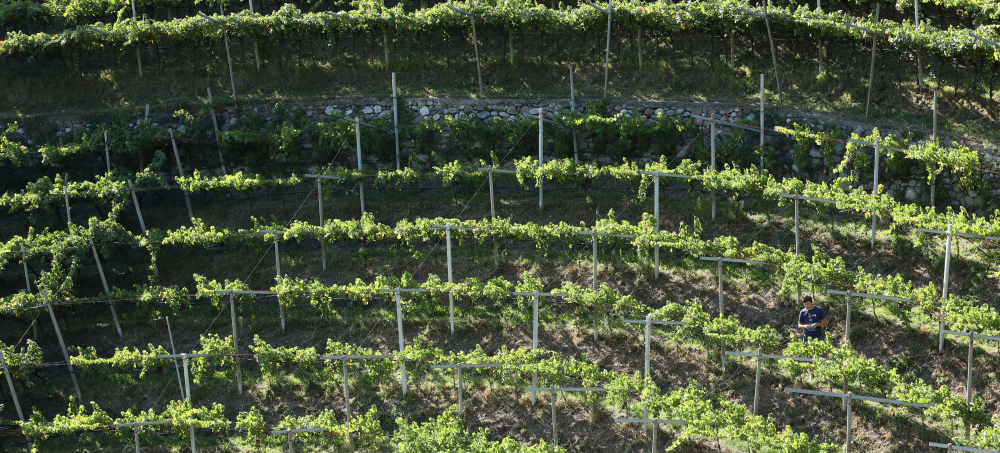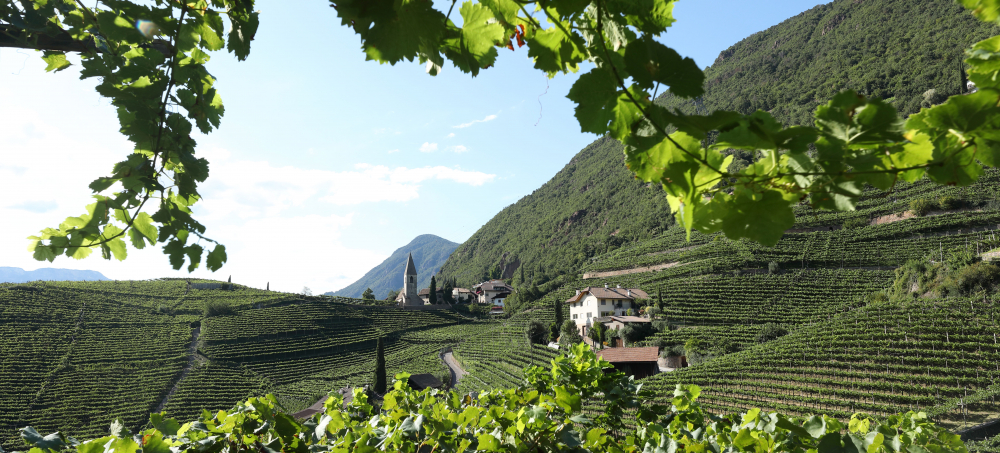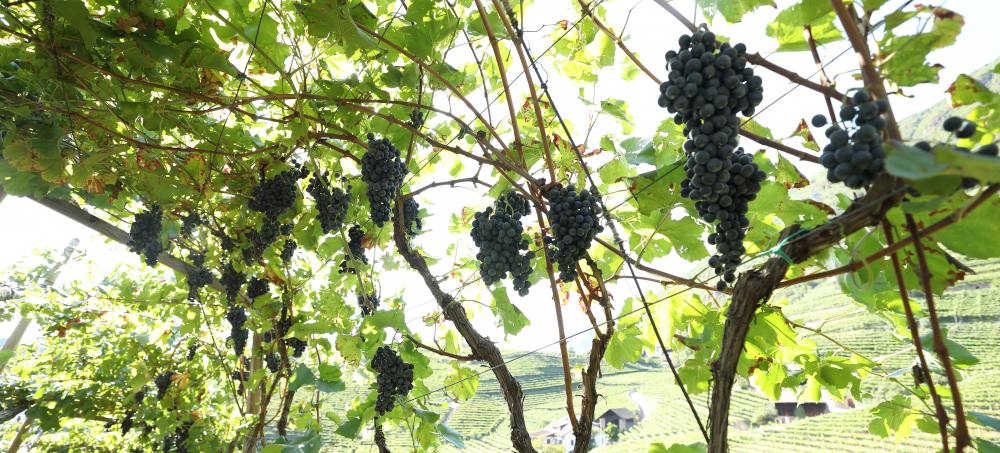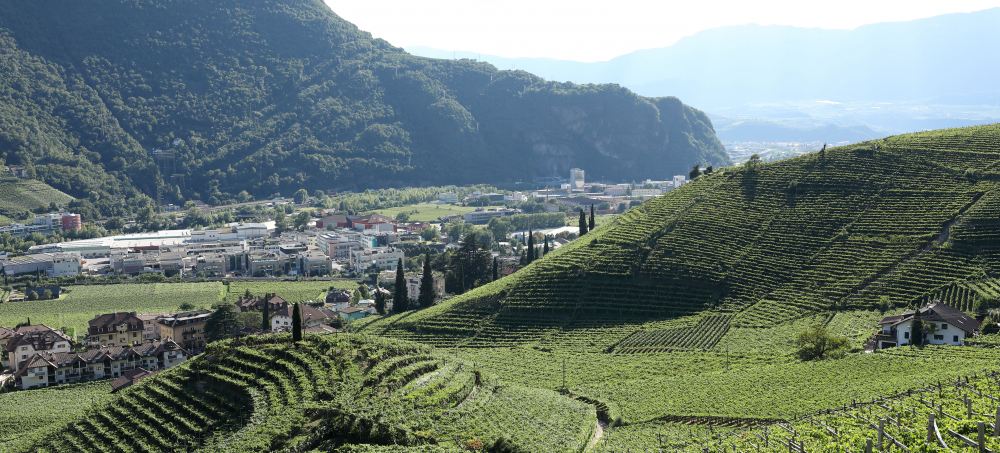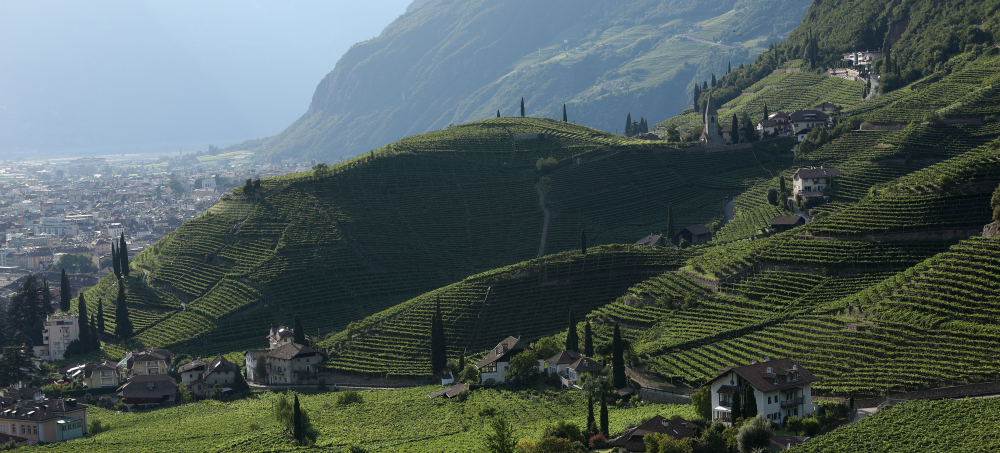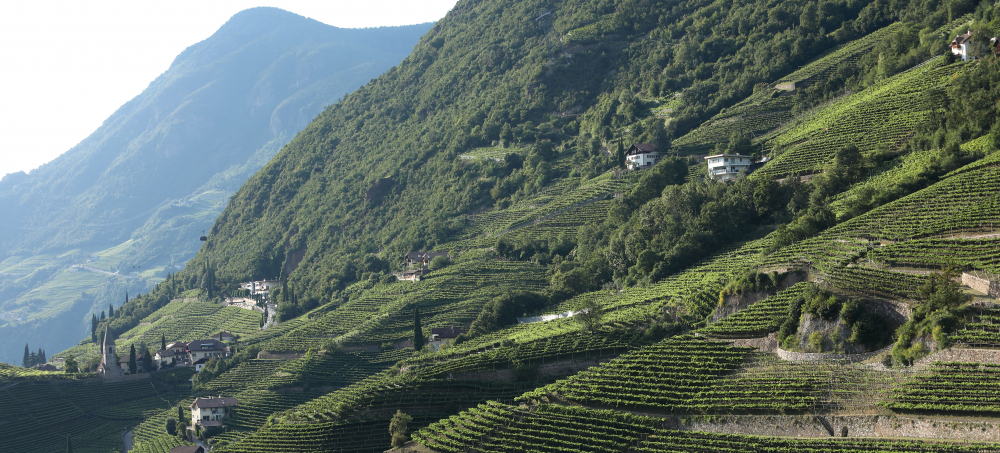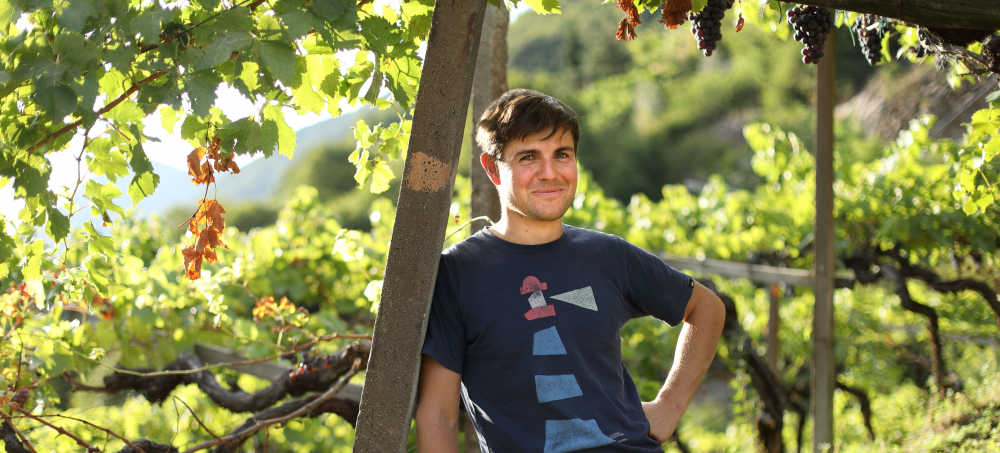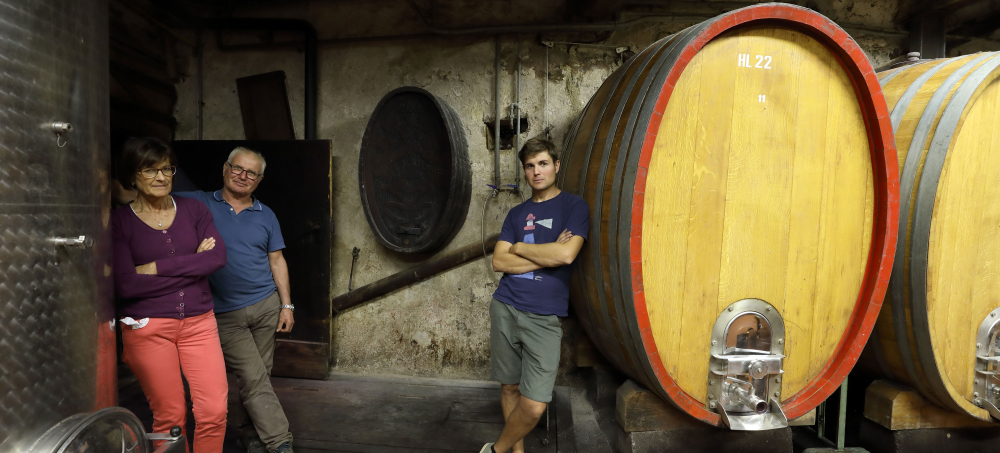Franz Gojer is a master of Schiava and Lagrein. These two varietals which find their homes in the northern reaches of the Alto Adige are about as far from the mainstream as you can get, but each is a truly unique and vibrant example of the best that this mountainous region can produce. Schiava (or Vernatsch as it is called locally) and Lagrein are in essence the alter ego of each other. Schiava is all about bright, high-toned fruit and rose petals, all delicately textured and light as silk (sort of like the Frapatto of the North). Lagrein, on the other hand, is cut from a bigger and darker cloth. A cousin of Syrah, its deep brambly base notes and core of black fruit are all balanced by an underlying mountain acidity and minerality imparted by the soils and climate of the region. The two grapes can also be combined to create a wine called Santa Maddelena. In fact this unique combo is itself its own appellation. Just a dash of Lagrein added to a base of Schiava amps it up just a bit and gives it a whole new face. An amalgamation of the two personalities - both red and black – it begs for cured meats and medium weight dishes such as fowl.
Franz Gojer inherited his winery in 1982. His winery, called Glögglhof, is located on a small hill just north of the town of Bolzano in the center of the Santa Maddalena appellation. He has six hectares of vineyards with an additional two that he leases. From these vineyards he produces about 45,000 bottles per year. The vineyards are all located on fairly steep hillsides with the vines trained in the traditional Pergola system. For the Schiava, they plant mainly on well aerated sandy soils, while the Lagrein is planted on stony, alluvial soils in the wash of the Isarco River. All the vineyards have a fair amount of volcanic porphyry rocks interspersed with chunks of granite and gneiss.
In the vineyards, all the work has to be done painstakenly by hand, including the harvest. The wines are fermented in tank using selected yeasts (trials over several vintages using indigenous yeasts did not yield the desired results). After pressing, the fermented must is transferred to large botti for an elevage of 8 to 9 months before being bottled. Only the Lagrein Riserva is aged in barrique, with about 30% new wood used each year. All the wines are held in bottle for several months before being released.
These are unique and spectacular wines, sometimes delicate, sometimes bold, but always refreshing, well-delineated, and extremely pure examples of their type.
